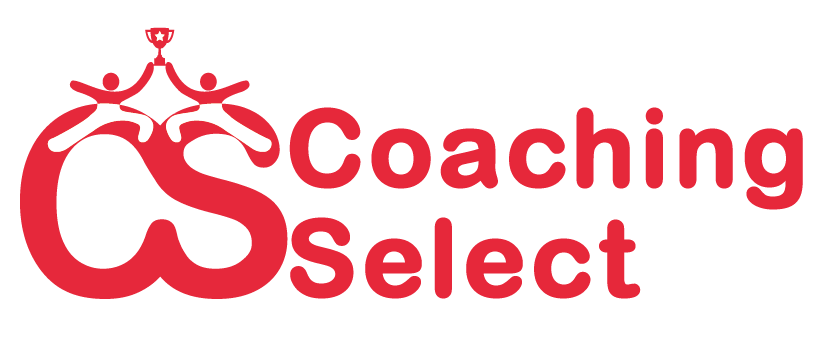How AI and ML Can Help Break Silos in Organizations
Discover how AI and ML can break silos in organizations by enhancing collaboration, improving data sharing, and streamlining communication.
December 27, 2024

The ability to work seamlessly has become vital for organizations to stay ahead of their competitors in the market. However, organizations have a number of departments that work independently, which creates silos. Organizational silos may help the departments to achieve their individual goals, but they can be detriment of overall organizational goals.
Artificial Intelligence (AI) and Machine Learning (ML) are emerging as transformative technologies that can bridge these divides, fostering collaboration and unified decision-making. In this context, the article explores, how these technologies can help in breaking the organizational silos and thriving in the competitive market.
Challenges of Organizational Silos
In simple terms, organizational silo is the division within the organization, where different departments and teams work independently to achieve their goals, without communicating with each other. Some challenges that arise due to organizational silos are:
- Inefficient resource allocation
- Delayed decision making
- Reduced innovation
- Poor customer experience
It is important to break the organizational silos, so every department or team within the organization is on same page, and can align their efforts to successfully achieve the organizational goals.
How AI and ML Can Address Organizational Silos
Here’s how AI and ML help in breaking down silos:
1. Improve Data Integration
Data is often scattered across departments, making it difficult to create a unified organizational view. AI and ML technologies excel at aggregating and analyzing large datasets from various sources.
- AI-Powered Data Lakes: AI can be utilized to collect data from different sources (departments and teams), consolidate and store it in one place. This can help in improving the accessibility of data for everyone within the organization.
- ML Algorithms: Machine learning algorithms can identify patterns and insights within the datasets, which can help in gaining comprehensive understanding of the data available.
2. Enhance Communication and Collaboration
AI-driven tools can facilitate better communication and collaboration across departments:
- Natural Language Processing (NLP): AI tools powered by NLP can analyze and summarize communications, which can help in ensuring that departments are on same page.
- Chatbots and Virtual Assistants: These tools can be utilized for instant communication, which can help in bridging communication gaps among the teams.
3. Automate Tasks
Repetitive tasks often consume valuable time, leaving little room for cross-departmental collaboration. AI and ML technologies automate routine processes, freeing up employees to focus on strategic initiatives that require teamwork.
- Robotic Process Automation (RPA): Integrates seamlessly across systems, streamlining workflows.
- Predictive Analytics: Helps in forecasting demand, reducing operational inefficiencies.
4. Break Down Cultural Barriers
Cultural silos arise when departments develop their unique ways of working, often leading to misunderstandings. AI tools can help standardize processes and provide a neutral platform for collaboration.
- Sentiment Analysis: AI tools can gauge employee sentiment, identifying areas of friction and fostering a collaborative environment.
- Unified Platforms: Cloud-based AI systems allow teams to work on shared dashboards, promoting consistency.
5. Facilitate Cross-Functional Insights
AI and ML excel at identifying trends and correlations that might go unnoticed by human analysts.
- Customer Journey Mapping: AI can analyze data from marketing, sales, and support to create a unified view of the customer.
- Operational Efficiency: ML models can predict supply chain bottlenecks, enabling proactive responses from multiple departments.
Thus, to be able to effectively utilize the AI and ML tools for addressing the challenges arising from organizational silos, one must excel there AI ML skills. This can be achieved by enrolling in an AI ML course, and benefit from structured training and hands-on experience.
AI ML Tools to Break Organizational Silos
Organizations can leverage several AI and ML tools to foster cross-departmental collaboration.
- Business Intelligence (BI) Platforms: Tools like Tableau and Power BI provide unified data visualizations.
- Collaboration Platforms: AI-powered platforms like Slack and Microsoft Teams integrate seamlessly across functions.
- Predictive Analytics Tools: Tools such as SAS and RapidMiner help in forecasting and resource allocation.
Conclusion
Breaking organizational silos is no longer an option but a necessity for businesses aiming to thrive in a dynamic market. AI and ML technologies offer the tools and frameworks to integrate processes, enhance collaboration, and drive unified decision-making. However, the successful adoption of these technologies depends on an organization’s commitment to fostering a collaborative culture and investing in continuous learning.
For professionals looking to contribute to such transformative efforts, acquiring the right skills is essential. An AI ML course, like IIIT Hyderabad AI course, can equip you with the knowledge and tools to lead in this era of automation and innovation. By embracing AI and ML, organizations and individuals alike can unlock unprecedented opportunities and ensure sustained growth in a rapidly changing world.



